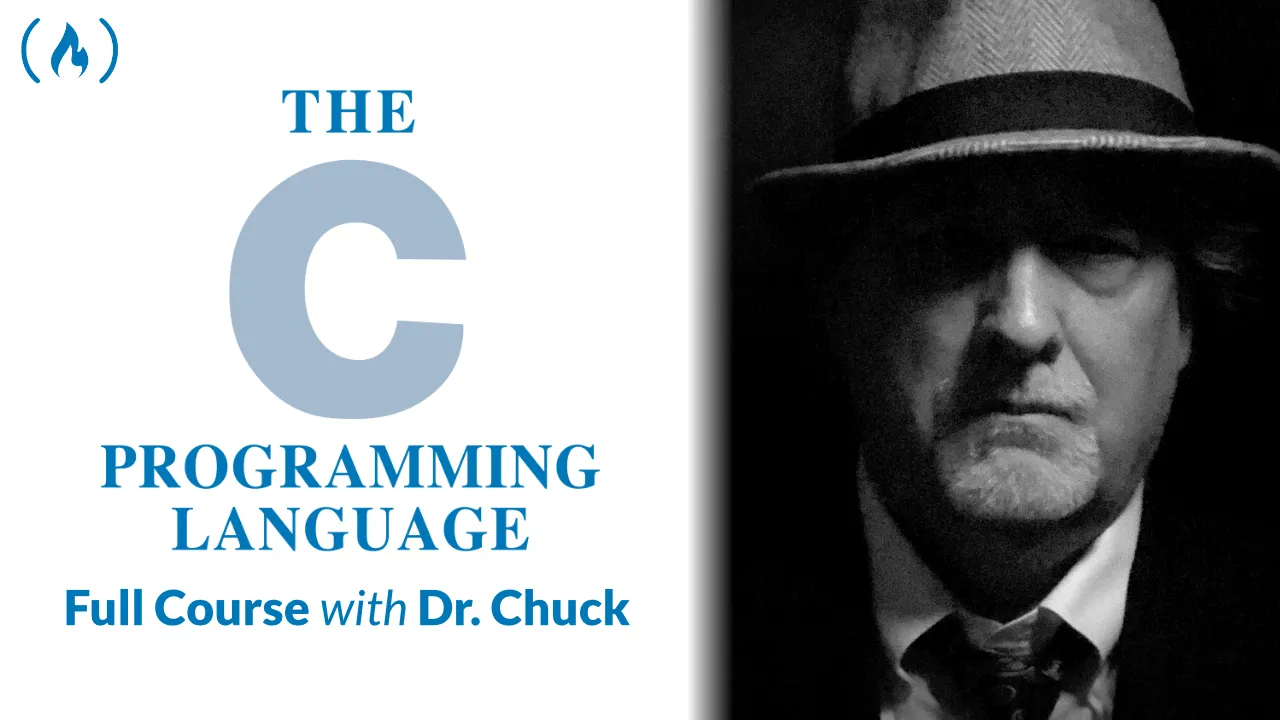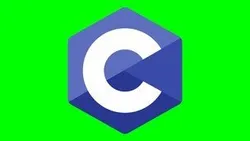
C Programming: Using Linux Tools and Libraries - 7 
This course provides an introduction to using Linux tools and libraries to write and build C programs. Students will gain an understanding of the Linux operating system and how to use its tools and libraries to create C programs. ▼
ADVERTISEMENT
Course Feature
![]() Cost:
Cost:
Free
![]() Provider:
Provider:
Coursera
![]() Certificate:
Certificate:
Paid Certification
![]() Language:
Language:
English
![]() Start Date:
Start Date:
29th May, 2023
Course Overview
❗The content presented here is sourced directly from Coursera platform. For comprehensive course details, including enrollment information, simply click on the 'Go to class' link on our website.
Updated in [March 06th, 2023]
In this seventh and final course of the C Programming with Linux Specialization, students will learn how to use professional tools and libraries to write and build C programs within the Linux operating system. Topics covered include compiling and linking, passing arguments to an executable program, and using libraries in C. Upon completion of the course, students will have the skills necessary to continue their coding adventures with professional coding environments used by C programmers around the world. This course is ideal for those looking to pursue a career in computer engineering, programming, development, engineering, management, scientific computing, data science, embedded systems, robotics, manufacturing, IoT, and other related industries. Financial support for this course has been provided by the Patrick & Lina Drahi Foundation.
[Applications]
Upon completion of this course, students will be able to apply their knowledge of C programming and Linux tools and libraries to a variety of industries. They will be able to use their skills to develop and use C code within the Linux operating system, compile and link programs, and pass arguments to an executable program. Students will also be able to use professional coding environments used by C programmers around the world. Furthermore, they will be well-prepared to pursue a career in computer engineering, programming, development, engineering, management, and related industries within scientific computing and data science, embedded systems, robotics, and the IoT.
[Career Paths]
1. C Programmer: C programmers are responsible for writing, testing, and maintaining code written in the C programming language. They must be familiar with the language’s syntax and be able to debug and optimize code. C programmers are in high demand in the embedded systems, robotics, and IoT industries.
2. Embedded Systems Engineer: Embedded systems engineers are responsible for designing, developing, and testing embedded systems. They must be knowledgeable in C programming and have experience with microcontrollers, sensors, and other hardware components.
3. Robotics Engineer: Robotics engineers are responsible for designing, developing, and testing robots. They must be knowledgeable in C programming and have experience with robotics hardware and software.
4. IoT Engineer: IoT engineers are responsible for designing, developing, and testing IoT systems. They must be knowledgeable in C programming and have experience with IoT hardware and software.
[Education Paths]
Recommended Degree Paths:
1. Bachelor of Science in Computer Science: This degree program provides students with a comprehensive understanding of computer science fundamentals, including programming, software engineering, computer architecture, and operating systems. Students will also learn about the latest trends in computer science, such as artificial intelligence, machine learning, and data science.
2. Bachelor of Science in Software Engineering: This degree program focuses on the design, development, and maintenance of software systems. Students will learn about software engineering principles, software development life cycles, and software testing and quality assurance. They will also gain experience in programming languages such as C, Java, and Python.
3. Master of Science in Computer Science: This degree program provides students with advanced knowledge in computer science, including topics such as computer networks, distributed systems, and artificial intelligence. Students will also gain experience in developing software applications and systems.
4. Master of Science in Software Engineering: This degree program focuses on the design, development, and maintenance of software systems. Students will learn about software engineering principles, software development life cycles, and software testing and quality assurance. They will also gain experience in programming languages such as C, Java, and Python.
Developing Trends:
1. Cloud Computing: Cloud computing is becoming increasingly popular as businesses move away from traditional on-premise computing solutions. As a result, software engineers and computer scientists need to be familiar with cloud computing technologies and architectures.
2. Artificial Intelligence: Artificial intelligence is becoming more prevalent in many industries, from healthcare to finance. As a result, software engineers and computer scientists need to be familiar with AI technologies and algorithms.
3. Internet of Things: The Internet of Things (IoT) is becoming increasingly popular as businesses move towards connected devices and systems. As a result, software engineers and computer scientists need to be familiar with IoT technologies and architectures.
4. Cybersecurity: Cybersecurity is becoming increasingly important as businesses move towards connected systems and devices. As a result, software engineers and computer scientists need to be familiar with cybersecurity technologies and protocols.
Pros & Cons

Well explained

Easy to follow

Good course

Best courses ever.

Assignment could be more challenging

No lesson on function pointers.
Course Provider

Provider Coursera's Stats at AZClass
C Programming: Using Linux Tools and Libraries - 7 describes how to use Linux tools and libraries to write and build C programs. Learn how to write and build C programs in the Linux operating system using specialized tools and libraries. This is the seventh and final course in the Professional C Programming for Linux course, which will allow you to develop and use C code in the Linux operating system. Using libraries in C is a fundamental concept when sharing code with others. In addition to compiling and linking, you'll also learn how to pass parameters to executable programs.
Discussion and Reviews
0.0 (Based on 0 reviews)
Explore Similar Online Courses

Introduction to RiotJS a Micro-Framework for Web Components

The Ultimate Free-Style Dance Course

Python for Informatics: Exploring Information

Social Network Analysis

Introduction to Systematic Review and Meta-Analysis

The Analytics Edge

DCO042 - Python For Informatics

Causal Diagrams: Draw Your Assumptions Before Your Conclusions

Whole genome sequencing of bacterial genomes - tools and applications

Learn C Programming Using the Classic Book by Kernighan and Ritchie

C Programming: Modular Programming and Memory Management - 3


Start your review of C Programming: Using Linux Tools and Libraries - 7